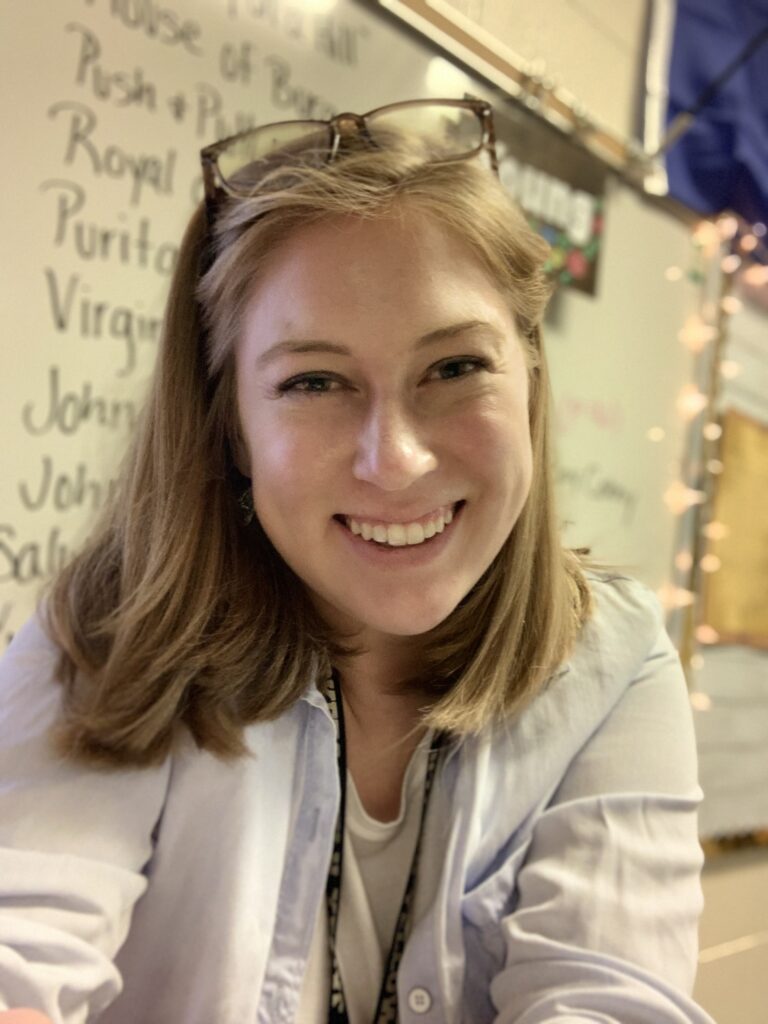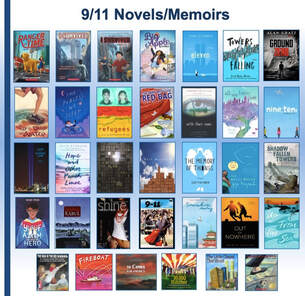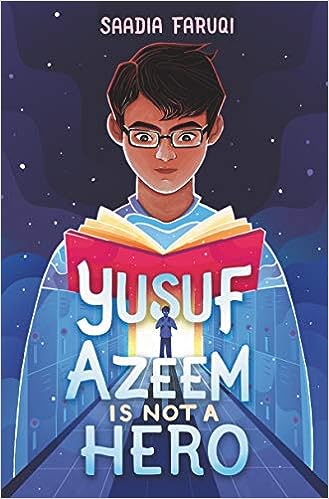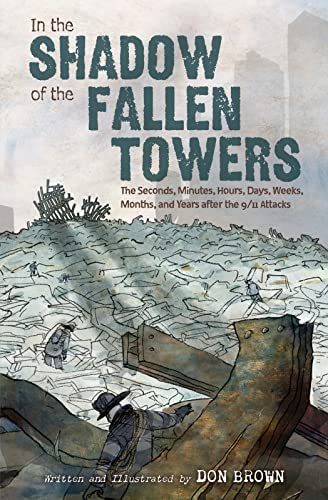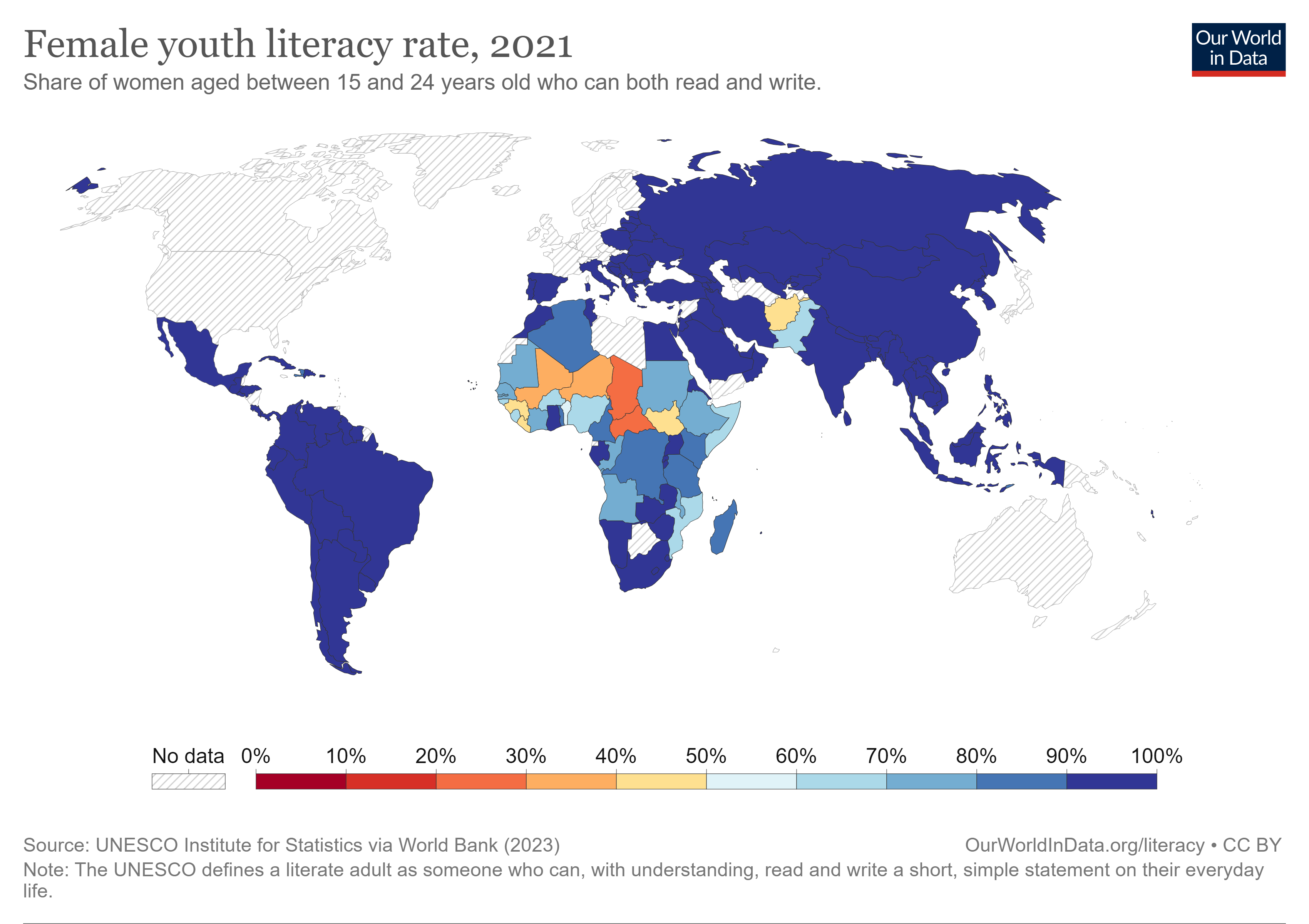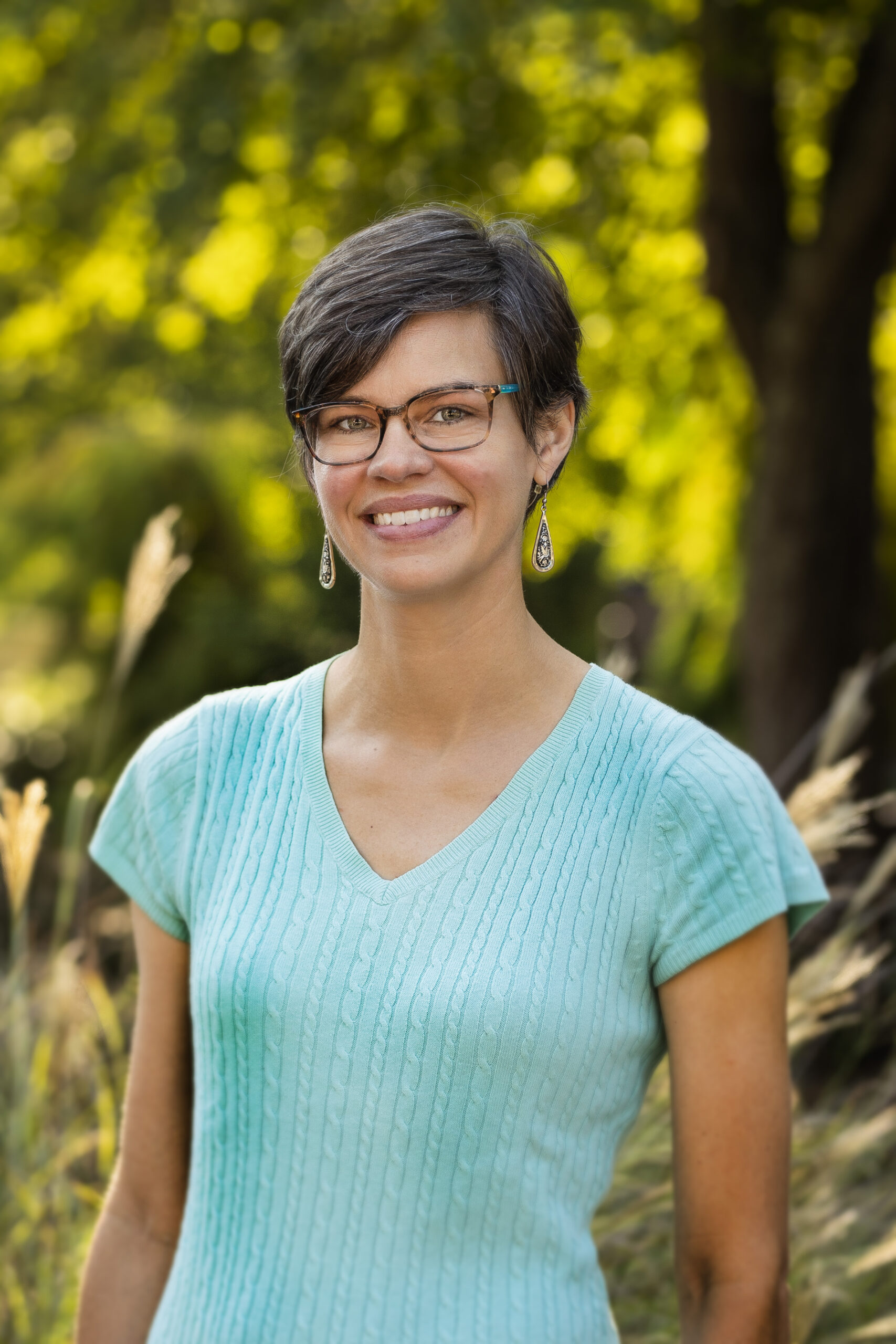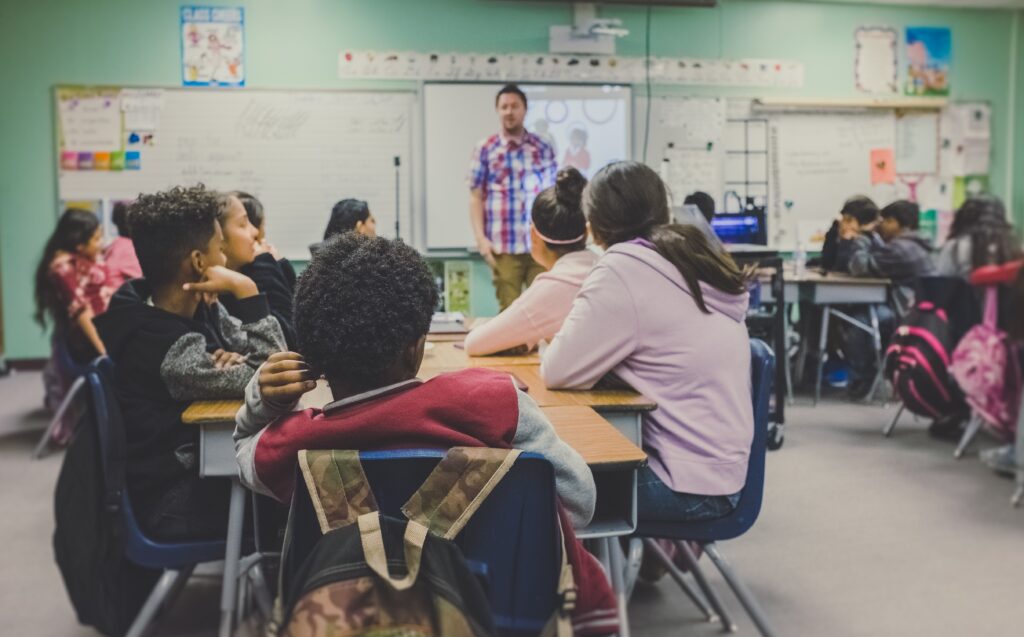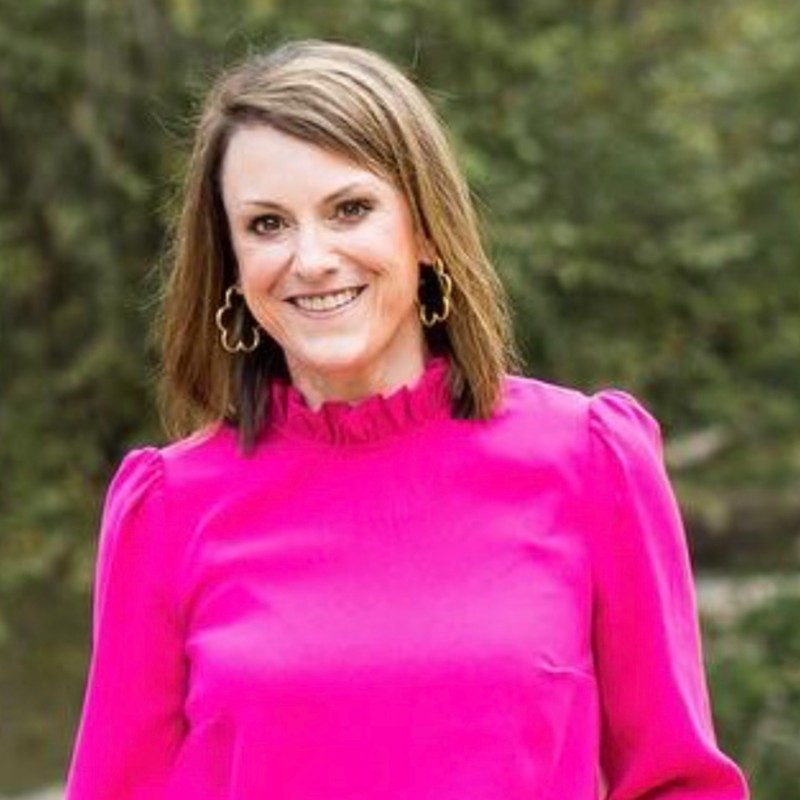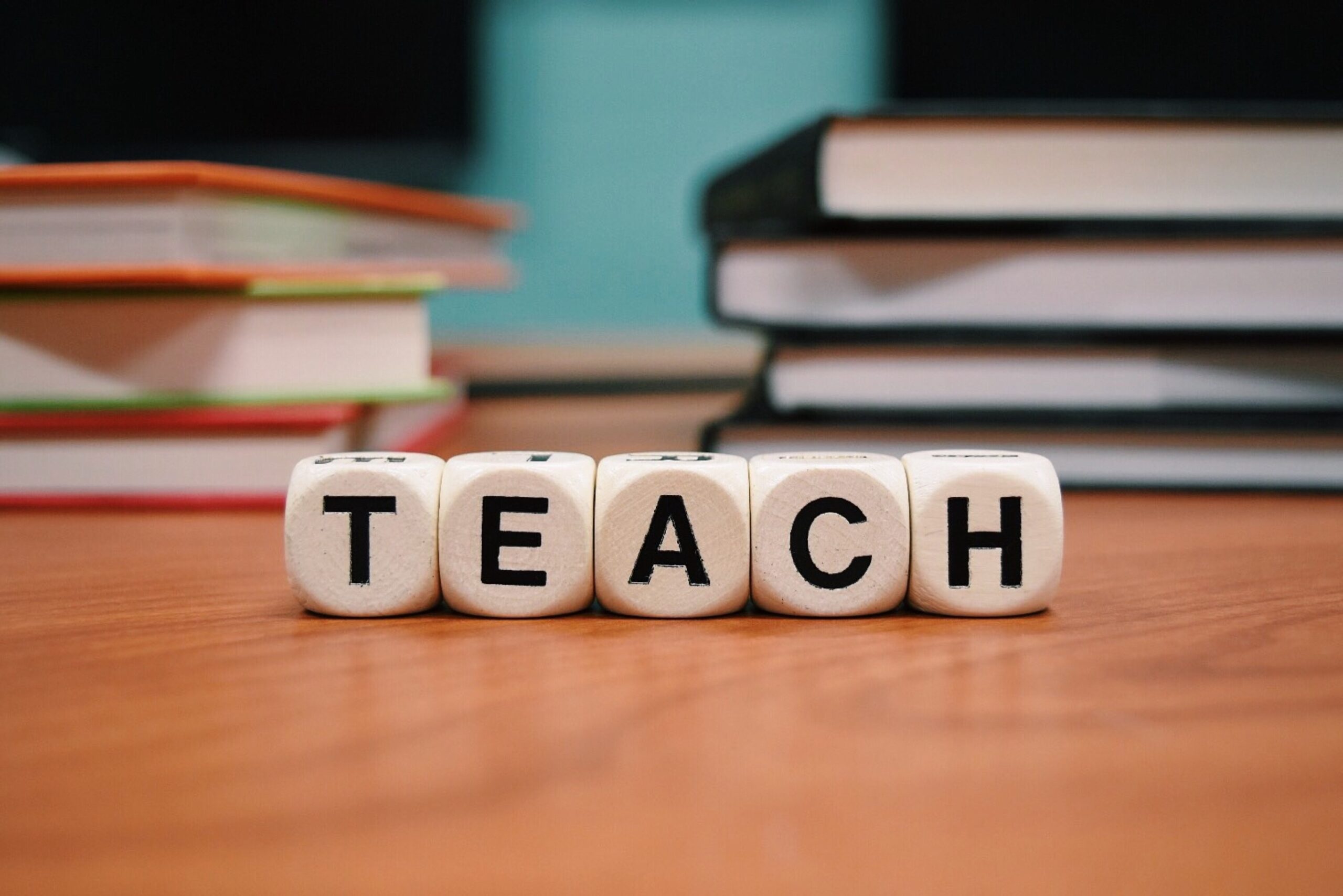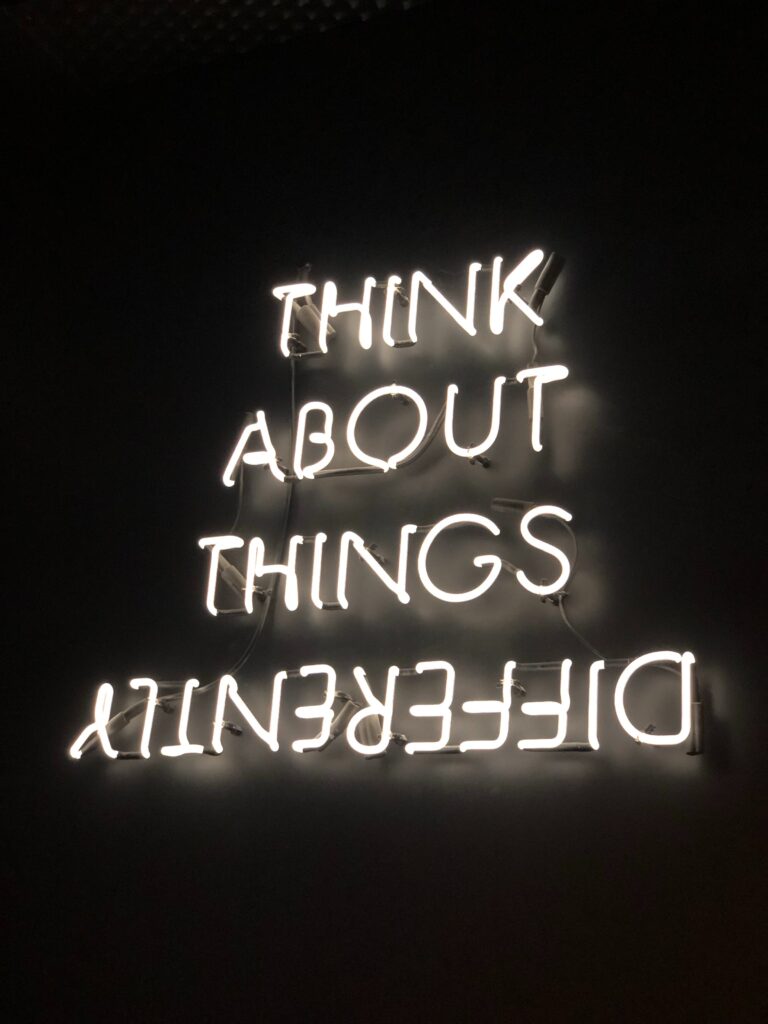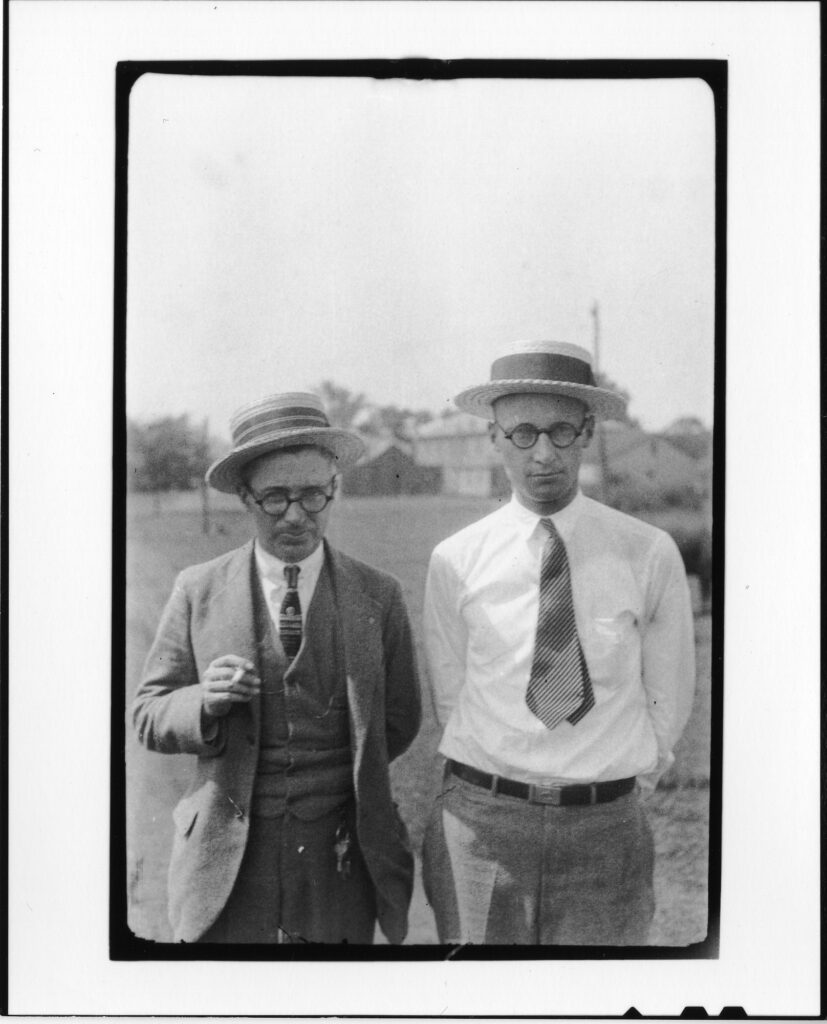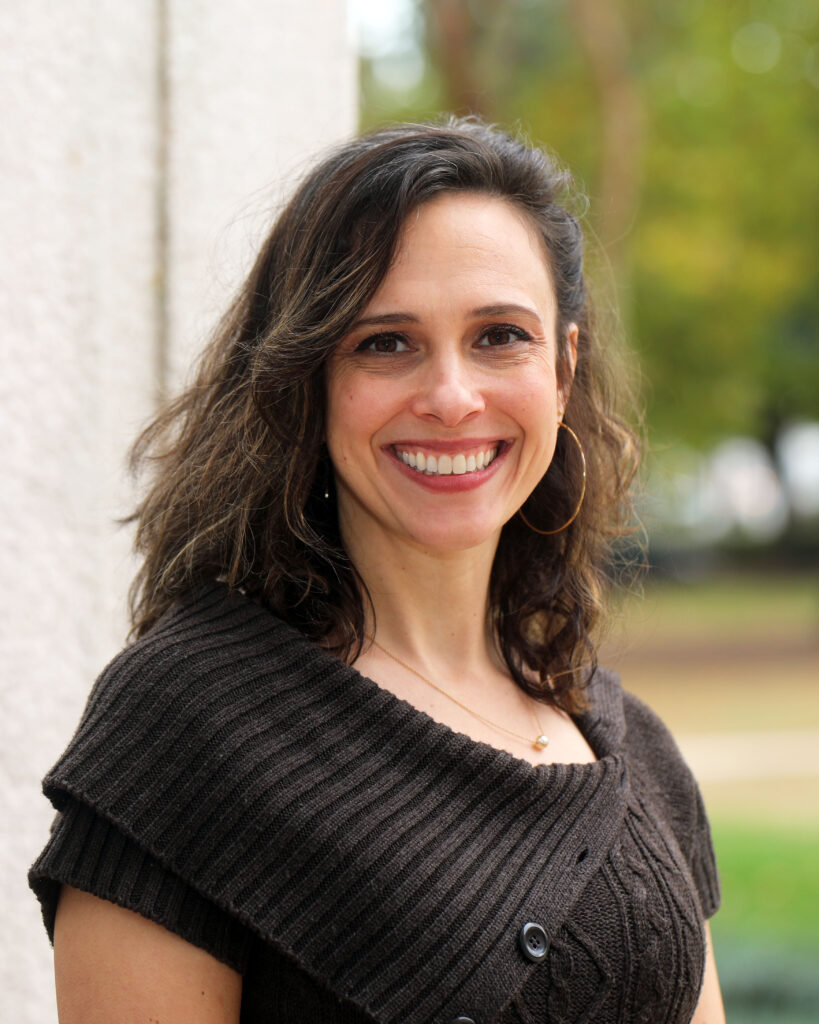This blog is written by Tori Young and shows us how to scaffold written essays resulting in a video essay. Read more about Tori at the bottom of her post.
Have you ever caught yourself in the never-ending rabbit hole of online video essays? Conspiracy theories, movie plot analyses, theme park history and so many more topics are explained in a thorough manner with research and analysis weaving together ideas and backgrounds you never would have put together. Even if you have not stumbled into this online phenomenon, I can assure you that your students have. Whether hour long YouTube deep-dives, or short TikTok synopsis series, students are being presented with researched information about a wide range of topics even if they do not recognize it. After noticing this for myself, I asked “why aren’t more essays like this?”
Research papers and argumentative essays are the primary form of essay writing used in my history classroom. I want my students to know how to be informed citizens and communicate their ideas and beliefs in a way that is grounded in historical truth and facts. I typically scaffold this process throughout the year using activities based on the content. Typically, I start out with an exit ticket asking students to pick a side on a tough topic (no in between!) and tell me why they chose their stance. Nothing formal just to get them to practice how to take a stance. Slowly I will make them add facts from a document we read in class to back up their positions and eventually start teaching the research process by having them look for reliable sources of their own to support their side. Eventually, all that information can be used to organize and create a well-written paper for social studies.

The broad goals of this process are to teach students how to make informed decisions and communicate their ideas effectively. While a traditional essay is an excellent way to practice those skills, many teachers like me have seen the difficulties for students that come with that ultimate step of writing the paper. For many students, the formal language or length of the writing assignment can be daunting to approach, causing them to shut down before trying. But we look at them confused; they have already practically written the paper with their summaries and research. Why can’t they just fill in the gaps with just a few sentences?
I found myself asking these questions every year. When I asked my students to verbalize their answers, I got great insight and connections to the content from them. They know this content, in fact many of them get passionate about it when it is time for them to argue. As I pondered this, I concluded that most of my students will only share their research and findings about topics verbally in their futures. Why am I not adding a verbal layer of assessment to this process?
This is where the wonderful world of video essays came into play for me and my classes. A video essay takes on the same structure as an essay but uses visual aids and commentary to present the information. Just like a good historical essay, it begins with background information on the topic and a clear thesis. It is then followed by key points that are supported by examples. And lastly, the video concludes with the creator’s main idea and the topic’s historical impact. Video essays help students practice research skills, organizing ideas and examples, but instead of writing, they are practicing presentation skills!

An example of this in my high school US History classes is during our unit on the Antebellum era. There are a lot of names of important people during this period; abolitionists, women’s rights activists, and politicians. I let my students pick from a list of key figures to research to share their life story. I give loose parameters on the assignment, asking students to provide the background of the person’s life, their contributions to Antebellum America, and their lasting impact on the United States. Some students may need more guidance, so it may be helpful to provide examples of information you are looking for such as their birthplace, career, and writings to name a few possibilities. I then ask students to record a two-minute video using WeVideo or Screencastify to present their findings using media to support their discussion.
I have seen my quietest students speak without hesitation in these videos, presenting on topics with great care and speaking skills. The key is that I do not show them in front of the class. Once the fear of being judged by their peers is taken away, students become comfortable with the process. They also begin to get creative with their media. Many will create a PowerPoint to display and follow along with for their video. However, I have seen animations, skits, and eulogies come out of this assignment as students begin to find their creativity with this medium.
Students are still practicing all the skills I need them to learn for my goals, but by incorporating video essays I have seen higher levels of engagement with historical content. This is not meant to take away from the importance of formal writing. While not all our students will go on to university and academia, they will still need to write important emails and apply for jobs. Formal writing is an important skill, but if you also notice students needing an extra step in scaffolding the writing process in social studies then consider video essays. Students will even surprise themselves with how much they know!
Images courtesy of Pexels
